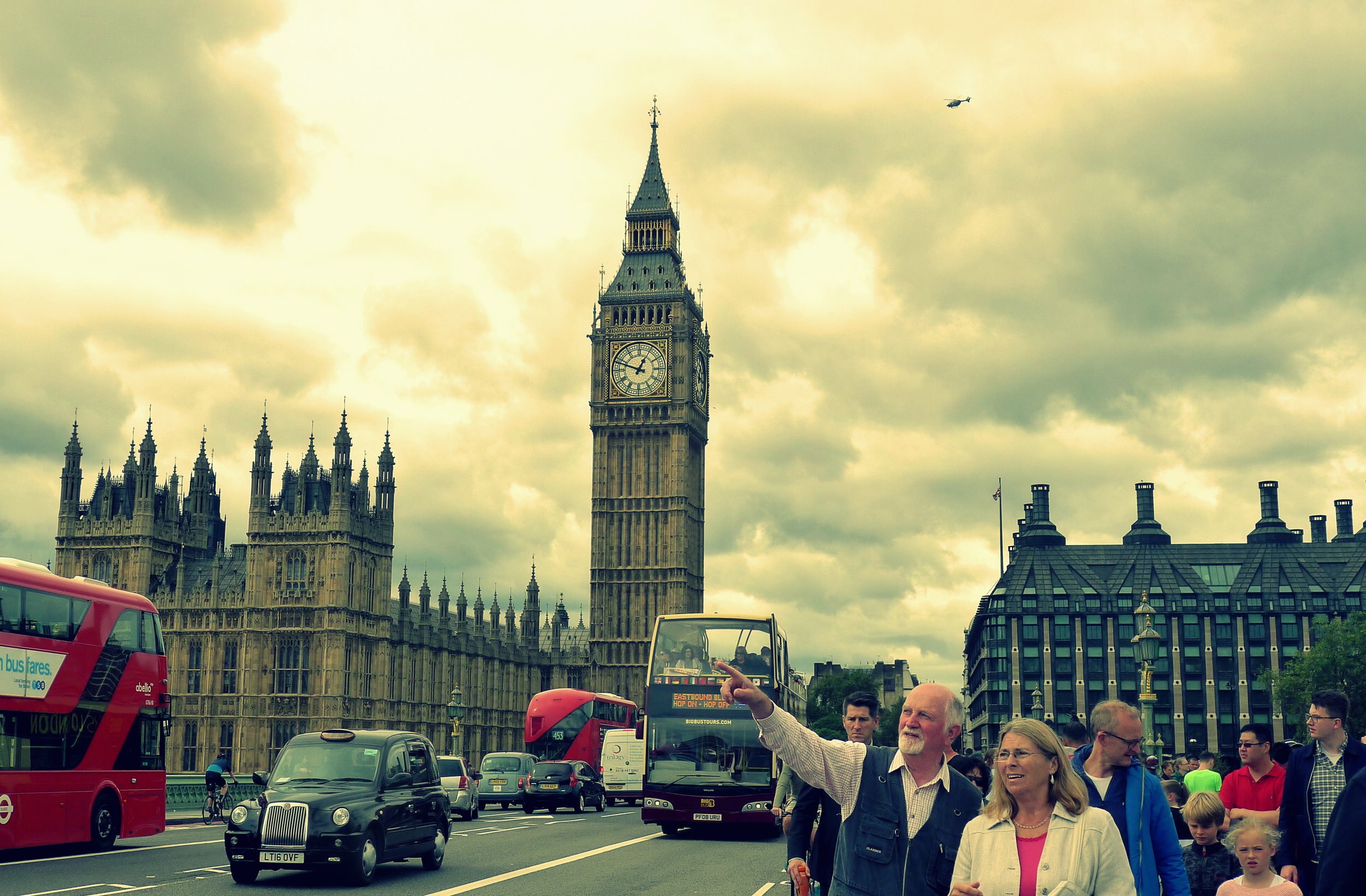Is it worth travelling to take your practical driving test?
/A woman driving a car. Image credit: Eric Chu/Creative Commons
When you’re travelling, being able to drive your own car offers you a level of freedom that
few other modes of transportation can match. The problem, however, is that not all of us can
drive.
Before getting on the road you’ll need to pass your driving test. If you’re new to the whole driving game, you might think that learners across the UK have roughly the same chance of passing. Unfortunately, pass rates can vary dramatically by area, with highs of 82% and lows of just 28%.
If you’re one of the unlucky ones finding that the odds are against you, you may even be
tempted to travel to an area with better pass rates—but is it worth it? In this article, we’ll
examine whether you should travel to take your practical test.
The facts
Are UK cities the worst place to take your driving test? Image credit: A.J inspiration/Creative Commons
Though the average driving test pass rate in the UK stood at 47.1% for 2016-17, that figure
masks a complex picture across the country’s individual test centres. Statistics released by
the DVSA, and compiled by Manchester-based driving school PassMeFast, make for illuminating (and, for some readers, slightly worrying) reading.
What the stats reveal is a dramatic variation in pass rates when learning to drive in different
areas. Learners in the UK’s inner cities face some of the toughest conditions: at the bottom
of the heap is London’s Belveder test centre, while other cities which feature in the ten
worst-performing test centres are Liverpool, Manchester, Birmingham and Leeds.
It won’t surprise you too much to learn that the test centres that come out on top are in more
rural locations, with the Scottish Highlands home to the top four with Golspie, Mallaig,
Ullapool and Kyle of Lochalsh all topping the charts.
The gulf of 53.8% between the respective pass rates of Belvedere and Golspie are enough
to make any learner pause for thought and wonder if maybe it’s worth setting a course for
the countryside to pass. But is travelling to another test centre really a magic bullet?
The pros
Could roads like this in the Scottish Highlands be the best place to take your driving test?
Let’s start out with the positives of making a trip. Firstly, improving your chances doesn’t
necessarily mean you have to head to the Highlands. Often, you may be able to find a test
centre whose pass rates are significantly higher just down the road.
Take the West Midlands, for example. If you lived in Wednesbury, then you’d likely recoil in horror at the 33.6% pass rate of your local test centre. The local Express & Star newspaper even reported in 2013 on one Wednesbury learner who was “still trying to pass at the 21st attempt.”
Travel just 20 minutes down the road, however, and you’d find a much more positive-looking 51.7% pass rate at the Lower Gorna test centre. In this example, some schools, such as RoadRunner Driving School, even cover both areas.
Some learners, meanwhile, might wish to travel further afield and stay in a different area while taking lessons. This might be a more convenient option if you have family in a different
part of the country—for example, if you’re studying at university in a different city, but could
return home to learn to drive. It might even be your only option, if all test centres in the area
where you live have similarly poor pass rates.
If you’re feeling like taking things to their logical conclusion, then you might want to consider an intensive driving course in the Highlands from a school such as Fort William School of Motoring. This could mean a great chance of passing on quieter, rural roads that are a world away from what you’d experience on an inner-city test.
Taking such drastic measures, however, leads on to plenty of additional considerations. Where should you stay? How can you get there? And is it really worth the hassle?
The cons
The negatives of setting off to a different location to take your test are numerous. The most obvious minus is the need to travel there.
Say you wanted to travel from the aforementioned Belvedere area of London to Scotland’s Golspie test centre. The journey there would take a minimum of 12 hours, with changes at London Bridge, King’s Cross, Edinburgh, Perth and Inverness—and you’d have to do the same on the way back! Said journey would also cost you an eye-watering £198.10!
Then, there’s the small matter of finding a place to stay. At the time of writing, the Invicta House B&B is Golspie’s cheapest option; a single room with a shared bathroom comes to just £36 per night. If you’re happy taking a sleeper train home and adding an extra 12 hours onto your return journey, you’ll only need to pay for the one night; otherwise, it might be wiser to book two.
Next, you’ll need to get the actual car itself, which will typically mean booking at least two hours’ worth of lessons from a local instructor. Local rates can be up to £29 per hour, meaning you’ll need to drop about £58 on this expense.
The total cost, then, for two nights’ stay at a B&B, public transport between the two locations, and the car comes to a staggering £328.10 - to which you’ll need to add the £62 for a practical test in addition to a day of your life.
To compare, let’s go back to that original Belvedere pass rate of 28% - or just over one-in-four. Imagine that you took an “average” number of attempts to pass for the area, and needed four tries to finally get your licence. The cost of those extra tests would be £186 - far below the cost of travelling to Scotland, which isn’t a guaranteed pass anyway!
Meanwhile, Alasdair Macdonald, an instructor covering the Golspie area, noted that, in his opinion, conditions were just as tough in the Highlands as anywhere else in the country. Speaking to The Press and Journal, he noted that, whilst Golspie’s test routes lacked busy dual carriageways, it did come with trickier junctions and tight bends. The real difference, in his opinion, was a higher general standard of driving.
The conclusion
This brings us to a central point: the stats only tell one part of the story. When it comes to taking your test, the most important factor is your own personal ability. It’s certainly true that learning to drive on busy city streets can be a more stressful experience than learning in sleepy countryside, and that that stress can impact on your learning.
Once you’ve gained the experience and skills you need, however, passing your test in even the most challenging conditions is possible. Investing in a great instructor whose teaching style suits you, then, is more likely to improve your chances than investing in travelling to a test centre with a higher pass rate. Gaining that experience in the town or city where you actually live will only provide you with better training for real-life driving later on—not to mention extra bragging rights.
This isn’t to say, however, that there are no circumstances where travelling a little won’t be worth the effort. Ultimately, it all comes down to your personal choice. Whatever that may be, we wish you all the best for your driving future!
















Travelling as part of your job is super-exciting, but some people think it’s a holiday – and I can actually see why they might.